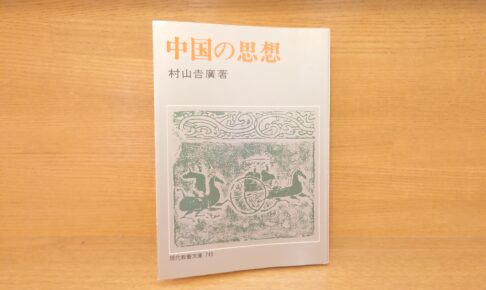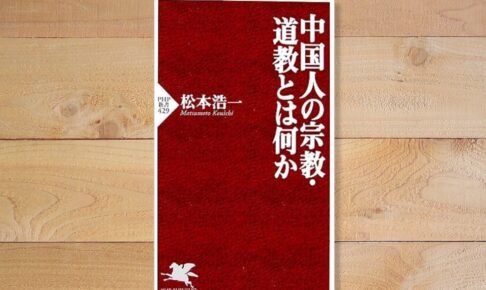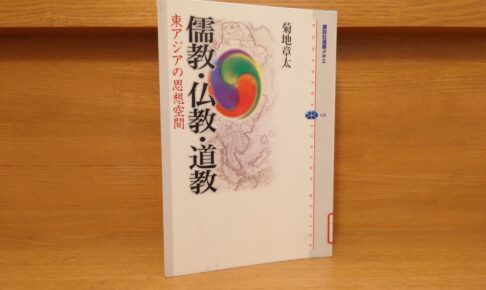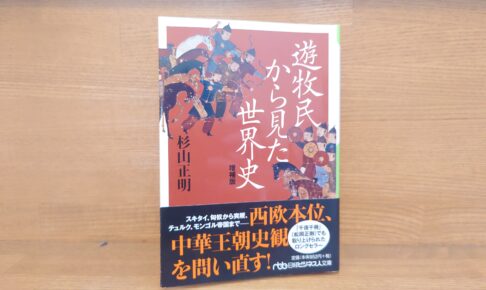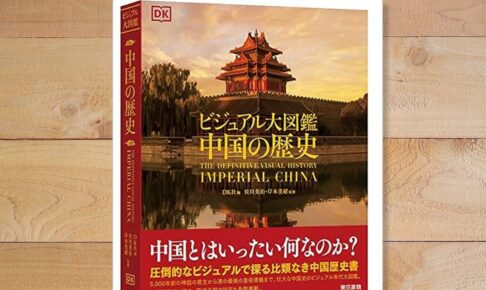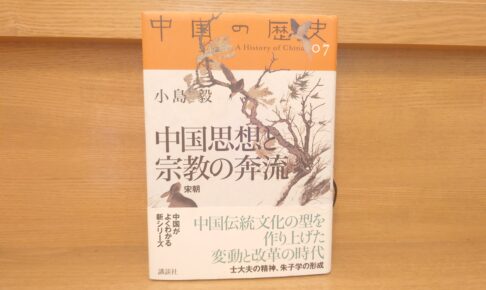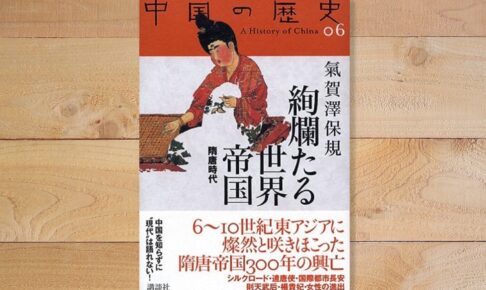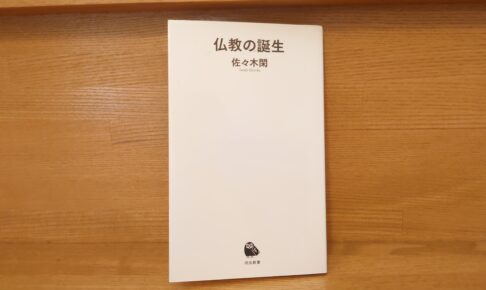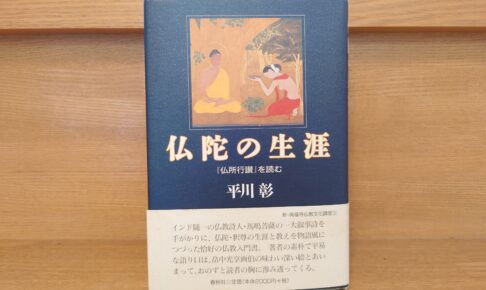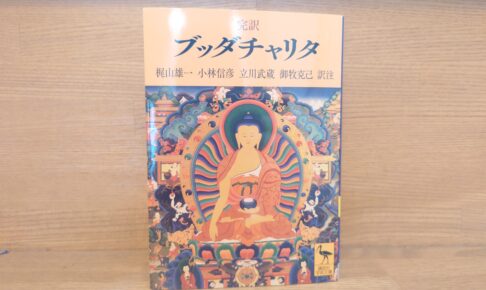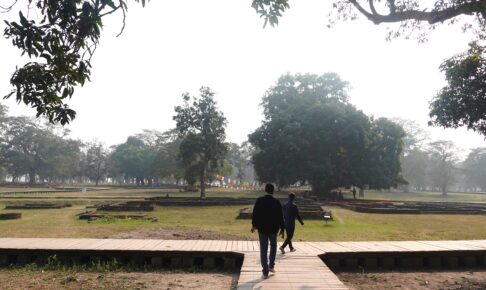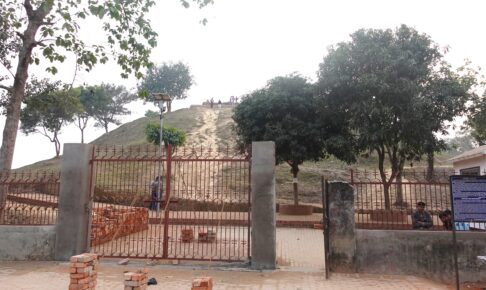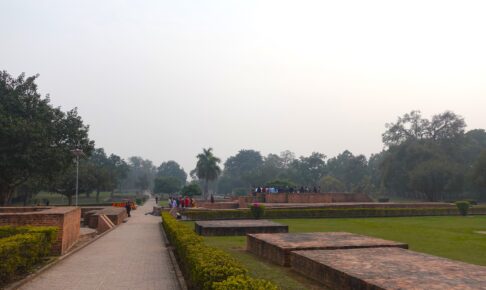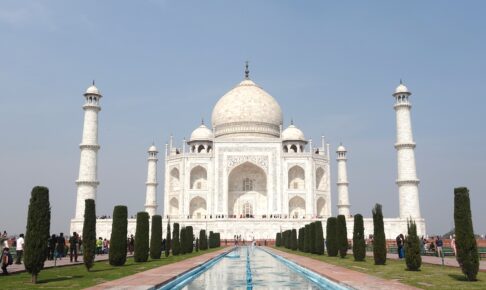Yoshihiro Murayama, "The Idea of China" - A recommended reference book to grasp the historical background and overall picture of Chinese religion!
I read this book because of "Confucianism, Buddhism, and Taoism: The Space of Thought in East Asia" by Shota Kikuchi, which I have previously introduced on this blog. In that book, this book was introduced as follows
Yoshihiro Murayama's book, "The Idea of China," is one that I recommend to anyone interested in the subject. It is a concise summary of the history of Chinese thought, but it is exciting because it is sometimes quite blunt. For example, the first sentence of the book opens with the following statement.
There are many people who are interested in Chinese classics and thought, but their knowledge is generally inaccurate and sometimes highly erroneous. "There are many people who are interested in Chinese classics and thought, but the knowledge they have is generally inaccurate and sometimes highly erroneous.
It's so painful that it's like you're suddenly slashing at the person in front of you."
In fact, this book was truly a sharp and stimulating read.












